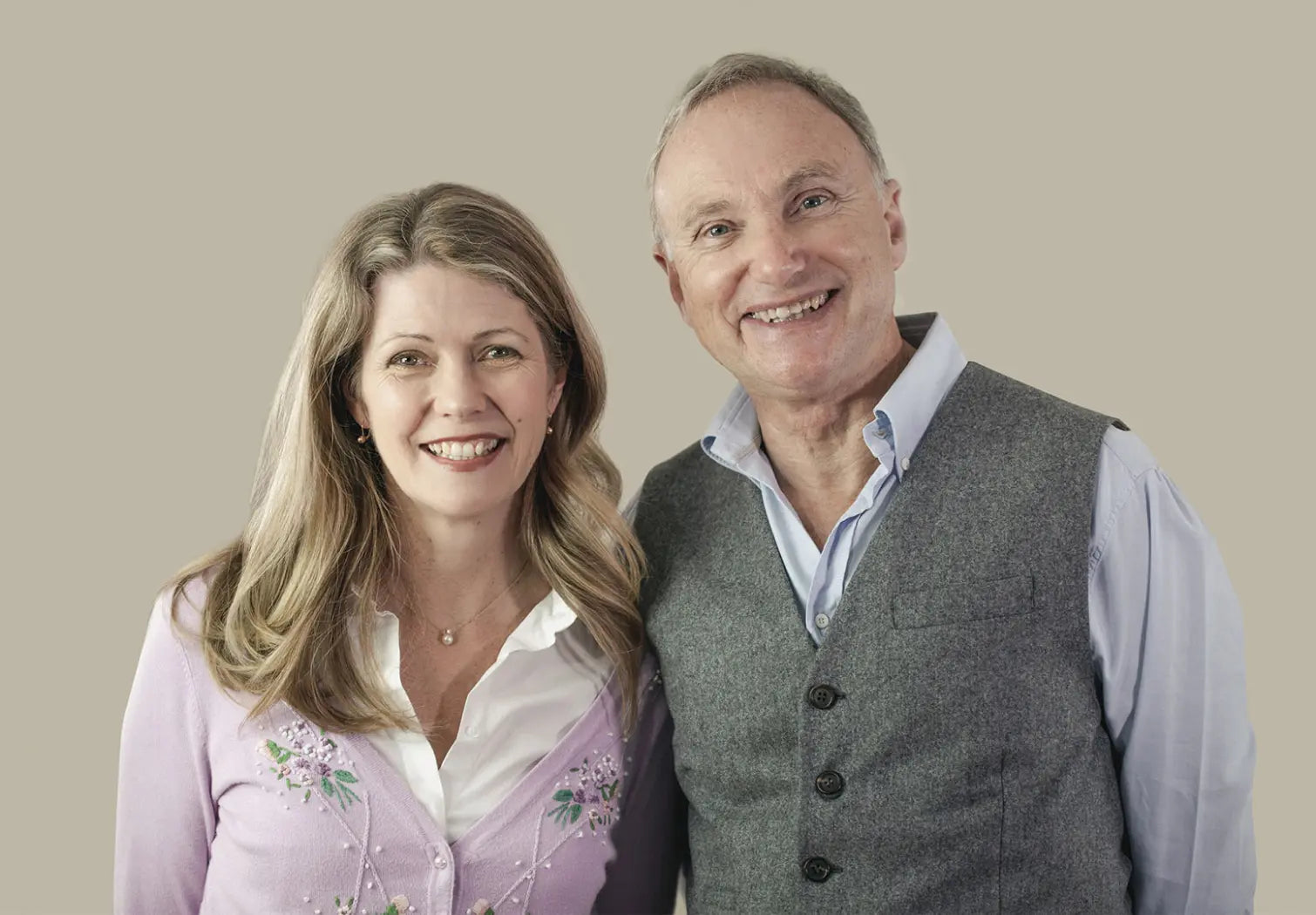Camouflaging on Autistic Relationships: Part 2: The Impact

In a previous article, Camouflaging in Autistic Relationships: Part 1, we discussed what camouflaging is, the reasons for camouflaging, and how camouflaging can impact the autistic person’s sense of connection to their authentic self, and also their relationships. We further our discussion in this week’s blog.
For the Autistic Individual: Mental Health and the Erosion of Authenticity
The journey of camouflaging for autistic individuals is often marked by a complex interplay between external adaptation and internal struggles. While this adaptive mechanism allows them to navigate social spaces more smoothly, it comes at a cost. The continual effort to mask certain traits can lead to heightened stress, anxiety, and exhaustion. This mental and emotional toll is exacerbated by the discrepancy between the persona presented to the world and the authentic self, concealed beneath the façade.
Camouflaging can give rise to a profound sense of disconnection from one's true identity, as the need to conform to societal norms overshadows genuine self-expression. The suppression of innate behaviours, interests, and sensory experiences can foster feelings of isolation and alienation. Over time, this erosion of authenticity can have a cascading effect on self-esteem, self-worth, and mental well-being. Struggling to maintain the illusion of "fitting in" can lead to a sense of internal fragmentation, where the constant balancing act between true self and societal expectations becomes a relentless burden.
For the Non-Autistic Partner
The revelation of camouflaging in the context of an autistic-non-autistic relationship introduces a dimension of unexpected discovery for the non-autistic partner. As the relationship deepens and mutual trust grows, the awareness of the autistic partner's camouflaging can elicit a range of emotions, including surprise, empathy, and sometimes confusion. The realisation that certain behaviours and traits were concealed in the initial stages of the relationship might prompt a revaluation of the dynamics.
While understanding the concept of camouflaging can foster empathy and compassion, it may also spark a desire to bridge the gap between the masked persona and the authentic self. The non-autistic partner might grapple with supporting their loved one in finding a balance between societal adaptation and self-acceptance. This journey of mutual understanding can strengthen the bond by encouraging open conversations, where both partners collaboratively explore the intricacies of identity, neurodiversity, and the evolving nature of their connection.
A Shared Journey
Recognising the dual impacts of camouflaging within the relationship sets the stage for a shared journey of growth, understanding, and empowerment. Couples can foster an environment where authenticity is valued, and each partner feels comfortable unveiling their true selves. For the autistic individual, this entails finding spaces where they can let go of the burdens of camouflaging and embrace their inherent identity. For the non-autistic partner, it involves cultivating patience, empathy, and a genuine curiosity to explore the richness of their partner's authentic self.
Open and honest communication becomes the cornerstone of navigating this shared journey. Discussing the complexities of camouflaging, its effects, and the emotions it stirs can lead to a deeper emotional connection. Mutual support can be extended as both partners collaborate in identifying strategies that allow the autistic partner to manage the challenges of camouflaging while maintaining their mental well-being.
Safeguarding Your Wellbeing
In the journey toward authenticity and reduced camouflaging within relationships, your emotional well-being takes centre stage. Vulnerability holds the key to deeper connections, yet its exploration must be thoughtful and gradual, tailored to your comfort level. Recognizing that vulnerability needn't be an all-encompassing disclosure, it's about sharing what feels right for you while maintaining your boundaries. Self-awareness guides you in gauging your readiness for increased vulnerability, empowering you to steer your emotional journey. Honest conversations with your partner become crucial, as they pave the way for understanding and a secure space to navigate vulnerability together. A partner who values your well-being will respect your pace, cultivating trust and mutual respect. Remember, vulnerability doesn't equate to abandoning self-protection; it's about enriching your connection by revealing meaningful facets of yourself. By safeguarding your emotional landscape and sharing when genuinely ready, you foster a resilient, authentic relationship. Embrace this journey with your well-being at its core, each step guided by your sense of security. This approach creates a delicate balance between unveiling your heart and maintaining self-care, nurturing a relationship built on trust, shared growth, and profound understanding.
The Impact of Camouflaging in Relationships in Summary
In summary, the impact of camouflaging on both the autistic individual and the non-autistic partner is a multi-faceted journey that shapes the evolution of their relationship. Acknowledging the mental health struggles and the erosion of authenticity experienced by the autistic partner, while also understanding the dynamics of unveiling hidden dimensions for the non-autistic partner, lays the foundation for mutual growth and understanding. By embarking on a shared journey of self-discovery and acceptance, couples can create a relationship where authenticity thrives, empathy flourishes, and both partners can truly flourish as their authentic selves.


